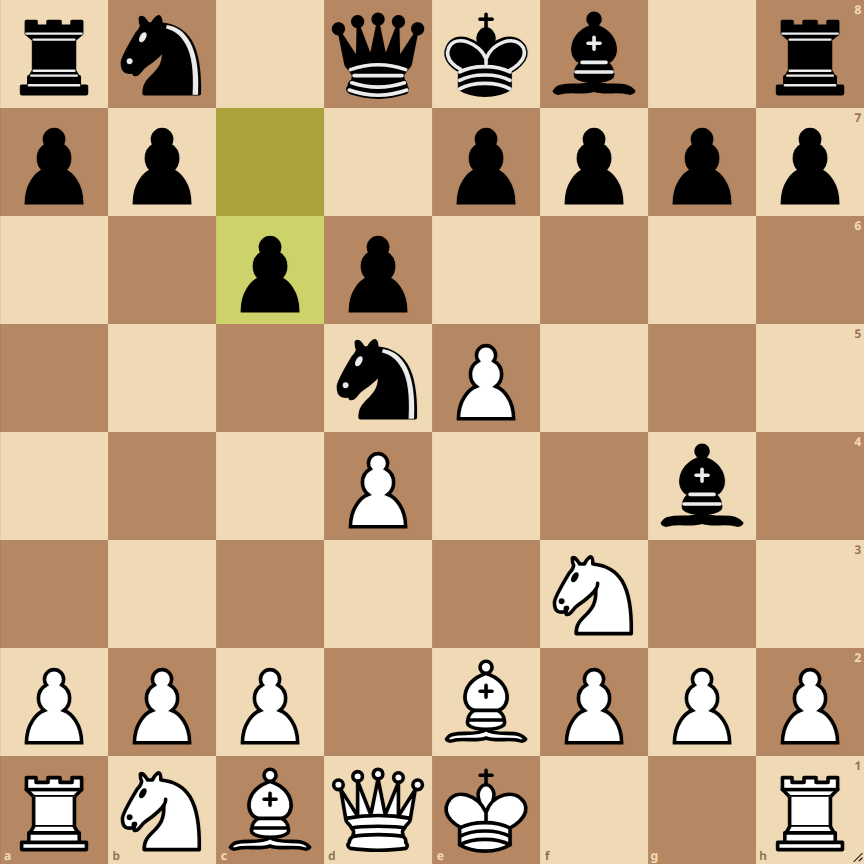How to Play the Alekhine Defense Modern Flohr Variation
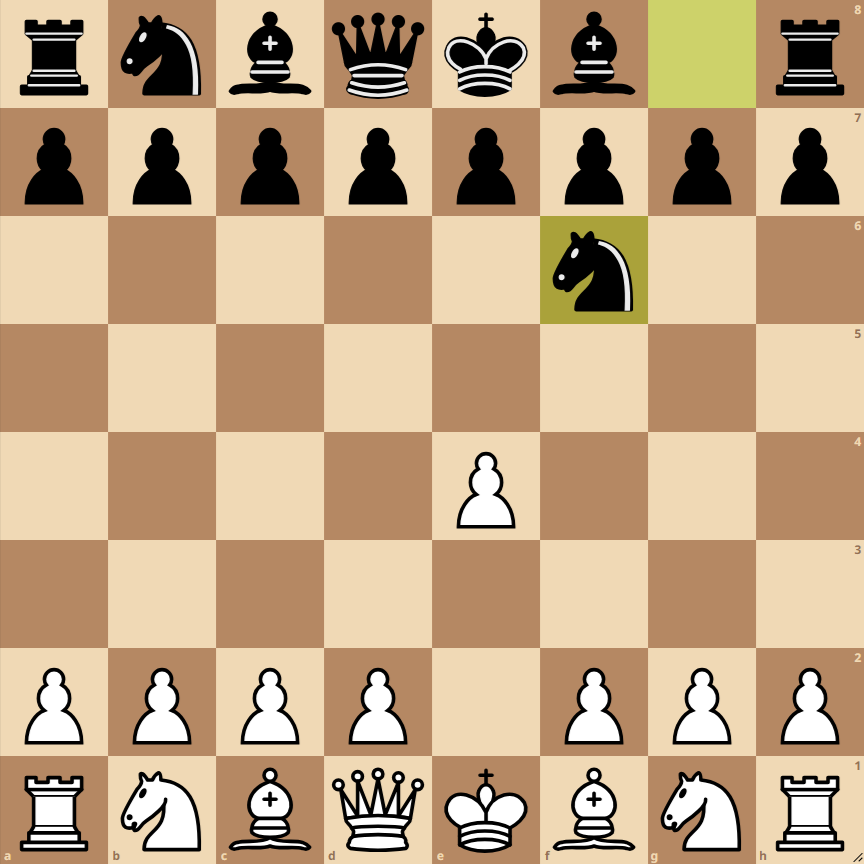
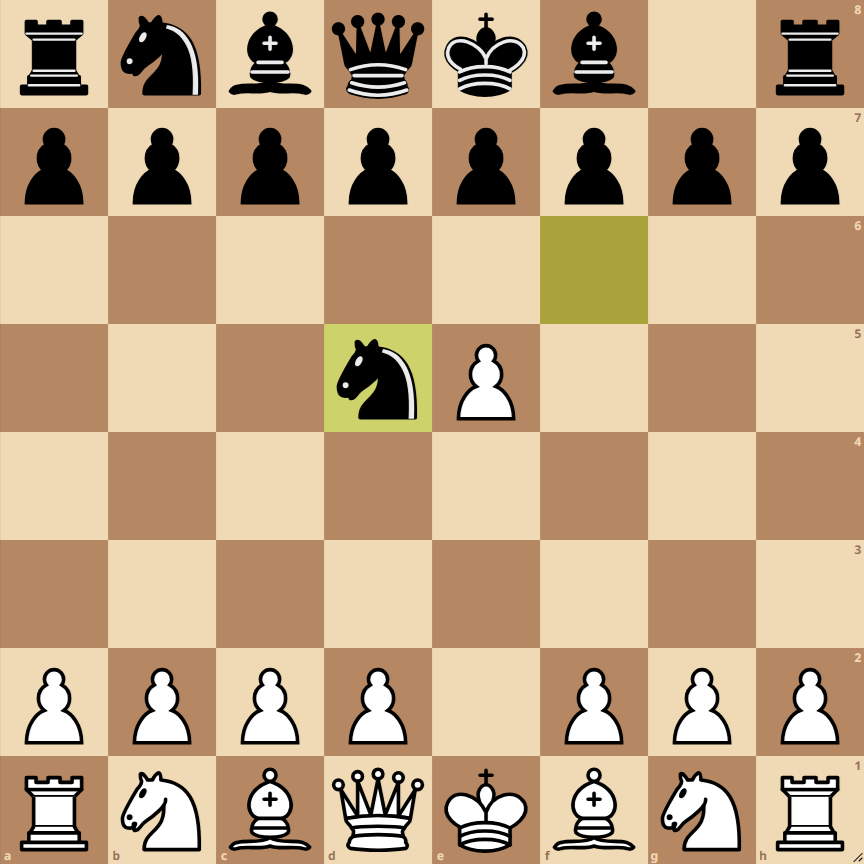
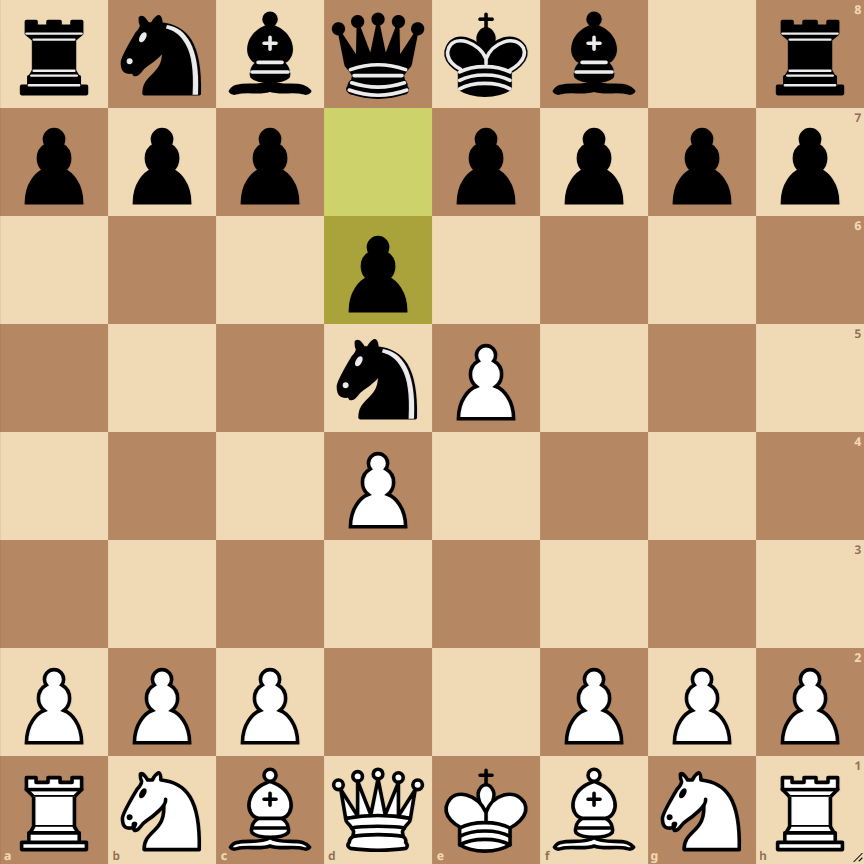
- 1. e4: This move opens lines for the queen and king’s bishop, controls the center, and prepares for castling.
- 1… Nf6: Black responds by attacking the e4 pawn, initiating the Alekhine Defense. The knight aims to pressure the center from the side.
- 2. e5: Pawn advance to displace the black knight and gain central space.
- 2… Nd5: The black knight repositions itself while maintaining pressure in the center.
- 3. d4: White strengthens their center and prepares the development of their minor pieces.
- 3… d6: Black looks to undermine the white center and free up space for their pieces.
- 4. Nf3: Knight development, attacking the center and supporting the d4 pawn.
- 4… Bg4: The black bishop becomes active, pressuring the knight and threatening the white pawn structure.
- 5. Be2: White prepares castling and seeks to relieve the knight from the bishop’s pressure.
- 5… c6: Black strengthens their central position and prepares for possible expansion on the queen’s side.
Variations of the Alekhine Defense Modern Flohr Variation
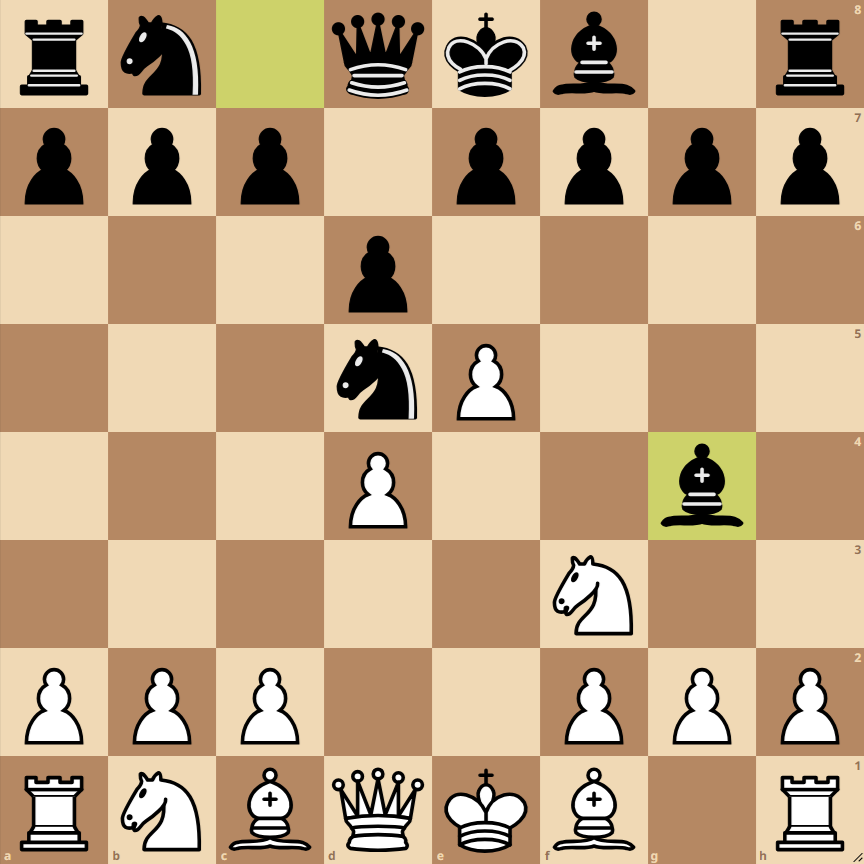
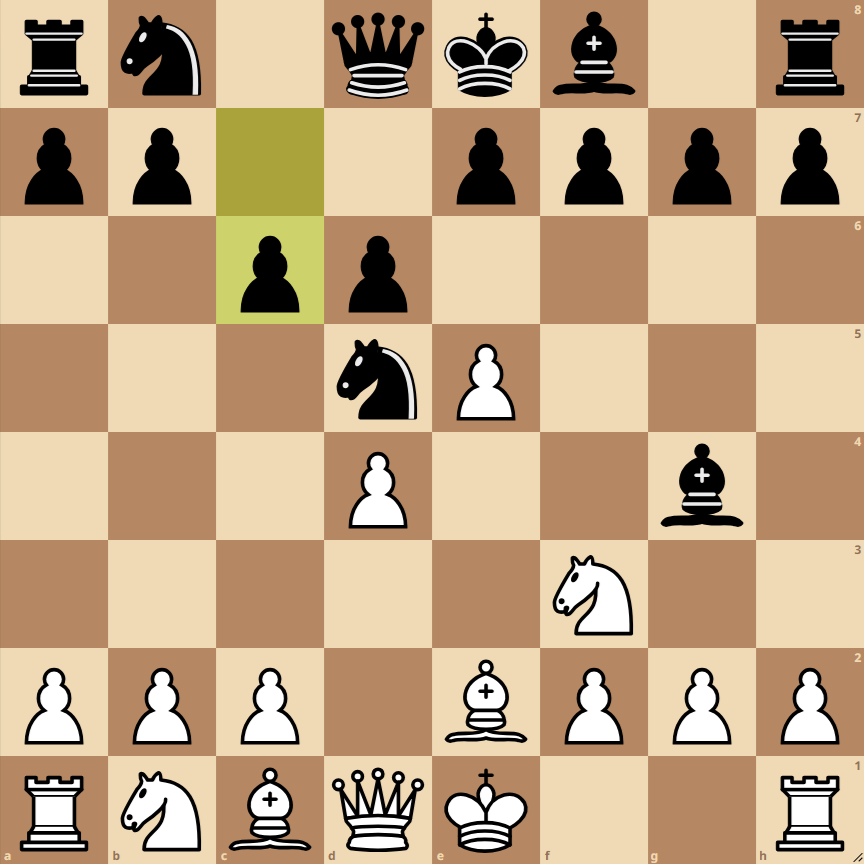
Variation 1: 4… g6
In this variation, black aims to fianchetto their king’s bishop to strengthen control of the center and prepare for long castling.
Variation 2: 4… Bf5
With 4… Bf5, black develops their queen’s bishop to an active square, pressuring the c2 pawn, and preparing for short castling.
Variation 3: 5… e6
This move seeks to reinforce the knight on d5 and prepare the development of the queen’s bishop, aiming for a more positional game.
Opening: Alekhine Defense, Modern Variation, Flohr Variation
Current Position
After 1.e4 Nf6 2.e5 Nd5 3.d4 d6 4.Nf3 Bg4 5.Be2 c6, we find ourselves at a critical point in the Alekhine Defense, specifically in the Modern Variation, Flohr Variation. The game has followed a less traveled path, diverging from the main lines, but it presents interesting tactical and strategic opportunities for both players.
Strategies and Tactics
For White:
- Centralization and Space: White has gained central space with pawns on d4 and e5. This space can be used to maneuver their pieces into more active positions.
- Development of Pieces: With short castling (O-O), white would complete their development, connect rooks, and secure the king. This move is solid and prepares for future plans.
- c4 Advance: The move c4 is aggressive, attacking the knight on d5 and aiming to further expand control of the center. This move can lead to complex tactical lines and forces black to respond carefully.
- exd6 Capture: This move releases tension in the center but can be useful to disrupt the opponent’s position and open lines for white pieces.
For Black:
- Counterattack in the Center: Black must be alert to opportunities to counterattack in the center. Moving the d6 pawn at the right moment can challenge white’s central structure.
- Piece Activity: The bishop on g4 is well-placed, exerting pressure on the knight on f3. Black should look for opportunities to increase the activity of their pieces, especially bishops and knights.
- King Safety: Although castling has not yet occurred, black should consider the safety of the king. Long castling might be an option, depending on how the position evolves.
Next Best Moves
O-O (White): A solid and safe move, completing development and preparing for future plans.
c4 (White): More aggressive, seeking to gain more space in the center and displace the black knight.
exd6 (White): Changes the central structure and can open lines for a potential attack.
Each of these moves involves different plans and themes. White must decide whether they prefer to solidify their position or seek tactical complications. Meanwhile, black should be ready to respond to these plans, maintaining flexibility and looking for opportunities to counterattack.

